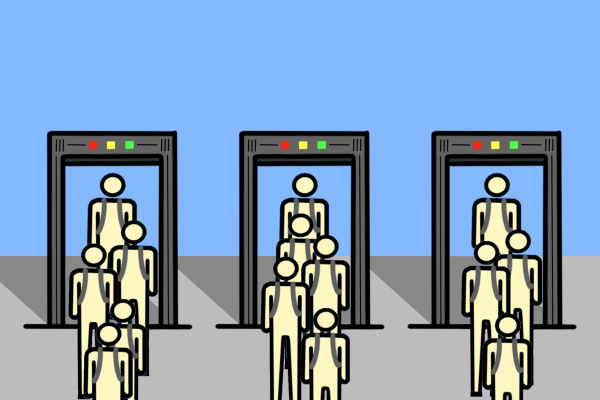Dallas crime rates: What do the numbers really mean?
Crime has long been a topic on the minds of people regardless of whether they live in rural, suburban or urban areas. One thing that can be said for certain is that the absolute rate of crime is highest in cities and lowest in rural, but that’s simply because there are more people living in cities so there’s more potential for crime to happen. As such, it is far more common to see rates discussed when it comes to crime. Presently, a fairly common statistic is murder, theft or any other type of crime rate per 100,000 people.
For instance, according to the FBI, in 2010 there were about 150 documented cases of murder or nonnegligent manslaughter. Since Dallas had a population of 1.3 million at the time, that would make for a murder rate of about 11.4 murders per 100,000 people. While this may sound like a large number, 1991 in Dallas had 500 murders and a murder rate of 49 per 100,000 residents, or more than four times as violent as it currently is. In fact, the total number of murders in any given year in Dallas has not reached 200 since 2007.
With all that said, one reply to those numbers is still a hesitation that crime seems to be on the rise in Dallas. And it’s not technically incorrect. In September 2016, crime in Deep Ellum was up 38 percent from the previous year and had risen by 13 percent in just one month. In late October 2016, a series of armed muggings on the Katy Trail added to some concern about crime in Dallas, especially given the proximity of the Katy Trail to the Park Cities.
It should be noted that these crimes do indeed contribute to the overall crime index and crime rate of a city in the “violent” crime category along with murder and rape even if there is no actual violence taking place. Crimes that do not fall under violent are considered property theft and burglary, which are both far more common and have no impact except for monetary value.
Additionally, just because the city of Dallas itself has a somewhat high murder rate does not mean that the entire Dallas area follows suit. For instance, Plano had the third lowest murder rate of all United States cities with a population larger than 250,000 at just 1.4 murders per 100,000 people, about eight times smaller than the city of Dallas.
While it may seem on the surface that crime rates in Dallas fluctuate erratically, historical evidence shows that they have been on a general trend of decline and that there is not much to worry about as long as standard precautions are taken.














